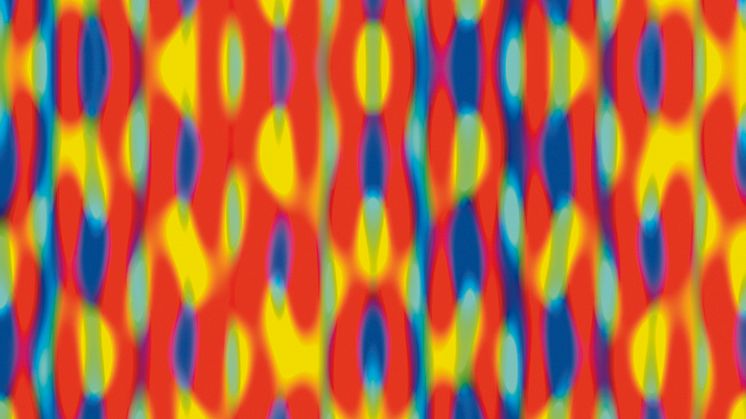
Press release -
Stan Douglas coming to Gothenburg
Stan Douglas Hasselblad Award 2016
The Hasselblad Award is an acknowledgement of major achievements in photography, recognizing artists that are developing the medium in new and extraordinary directions. Stan Douglas’s interdisciplinary work unites photography, film, and the performing arts in innovative ways. He pays particular attention to overlooked events, histories and characters that are part of larger narratives and global conditions.
About the exhibition
Stan Douglas works mostly as a film director. He has the ability to orchestrate large casts, costumes and stage design to revisit historic moments. For more than three decades, photography has played a central part in his practice, and even more so in recent years. The Hasselblad Award exhibition focuses on two types of images Stan Douglas works with; composite images – consisting of many single photographs – and synthetic images – constructed entirely by computer software.
In 2001 he made the large tableau Every Building on 100 West Hastings. It is a seamless digital montage depicting a street scene from one of Vancouver’s most impoverished areas. Other composite photographs are in the series Crowds and Riots (2008) and Disco Angola (2012). The formerare large-scale stagings of crucial events in Vancouver’s recent history, all of which portray people collectively opposing power. In Disco Angola, Stan Douglas took on the role of a photojournalist from the 1970s portraying in parallel the civil war in Angola and the commercialization of disco music in New York.
The synthetic images make up the trilogy of Corrupt Files (2013), Night (2014-15), and DCTs (2016). The latter are the artist’s latest works, shown here for the first time. The works in the series Corrupt Files are damaged digital files that now form abstract images. The series Night consists of nighttime portrayals of marginalized and now demolished areas in Vancouver, the memory of which Stan Douglas reconstructed using 3D modeling. The DCTs are kaleidoscopic images resulting from reverse engineered JPEG encoding – meaning that Stan Douglas started creating an image by writing its code instead of photographing.
The much-acclaimed series Midcentury Studio (2010) consists of both composite images and single exposures. Here, Stan Douglas assumes the role of a fictional photographer, chronicling the rise of press photography in post-war North America – mimicking the style, content and technique typical of the period. Reflecting Stan Douglas’s investigation of photography, from the narrative to the abstract potentials of the medium, the exhibition offers an overview of his use of both historic processes and cutting-edge software programs.
About Stan Douglas
Stan Douglas was born in 1960 in Vancouver, where he lives and works. He is the 36th Hasselblad Award Winner and this is the first solo presentation of his work in Sweden. In conjunction with the Hasselblad Award, a book about Stan Douglas’s work is published by MACK. It contains a new essay by Noam M. Elcott, as well as an interview with Stan Douglas by Roxana Marcoci.
Hasselblad Foundation Curators: Louise Wolthers and Dragana Vujanović Östlind
Topics
The Hasselblad Foundation was established in 1979 under the terms of the last will and testament of Erna and Victor Hasselblad. The purpose of the Foundation is to promote scientific education and research in photography and the natural sciences. The Foundation’s annual international award for outstanding achievements in photography, is considered one of the most prestigious photography awards worldwide.
The Foundation holds a collection of photographic art focusing on the Hasselblad Award Winners and Nordic photographers. In the Hasselblad Center, situated in the Gothenburg Museum of Art, three exhibitions are shown annually, one of which presents works by the current year’s Hasselblad Award Winner. Further stipends for studies and residencies are awarded each year, and the Foundation itself is actively engaged in the field of academic and artistic research through the publication of books, organization of seminars, and other public events.
